During 2011 we published a number of topical reviews on a wide range of topics by expert researchers in their fields. We’ve collected them below and we hope you’ll find something interesting in your area!
Molecular obesity, potency and other addictions in drug discovery
Michael M. Hann
DOI: 10.1039/C1MD00017A
Proteochemometric modeling as a tool to design selective compounds and for extrapolating to novel targets
Gerard J. P. van Westen, Jörg K. Wegner, Adriaan P. IJzerman, Herman W. T. van Vlijmen and A. Bender
DOI: 10.1039/C0MD00165A
Impact of ion class and time on oral drug molecular properties
Paul D. Leeson, Stephen A. St-Gallay and Mark C. Wenlock
DOI: 10.1039/C0MD00157K
Novel, unifying mechanism for aromatic primary-amines (therapeutics, carcinogens and toxins): electron transfer, reactive oxygen species, oxidative stress and metabolites
Peter Kovacic and Ratnasamy Somanathan
DOI: 10.1039/C0MD00233J
Natural products targeting telomere maintenance
Jack Li-Yang Chen, Jonathan Sperry, Nancy Y. Ip and Margaret A. Brimble
DOI: 10.1039/C0MD00241K
The p53-MDM2/MDMX axis – A chemotype perspective
Kareem Khoury, Grzegorz M. Popowicz, Tad A. Holak and Alexander Dömling
DOI: 10.1039/C0MD00248H
Computational ligand-based rational design: role of conformational sampling and force fields in model development
Jihyun Shim and Alexander D. MacKerell, Jr.
DOI: 10.1039/C1MD00044F
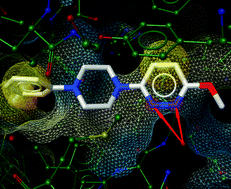
Antonio Macchiarulo, Nicola Giacchè, Andrea Carotti, Fabiola Moretti and Roberto Pellicciari
DOI: 10.1039/C0MD00238K
Progress on lamellarins
Daniel Pla, Fernando Albericio and Mercedes Álvarez
DOI: 10.1039/C1MD00003A
Are pyridazines privileged structures?
Camille G. Wermuth
DOI: 10.1039/C1MD00074H
Towards biocompatible nanovalves based on mesoporous silica nanoparticles
Ying-Wei Yang
DOI: 10.1039/C1MD00158B
Minisci reactions: Versatile CH-functionalizations for medicinal chemists
Matthew A. J. Duncton
DOI: 10.1039/C1MD00134E
If you have an idea for a review article that hasn’t been covered and you would like to see included, contact the Editorial Office – we’d love to hear from you.
You can also find the collection here.


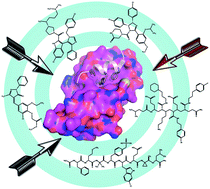









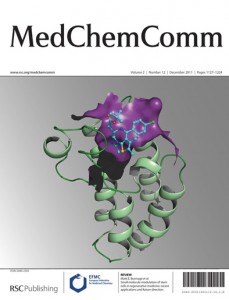
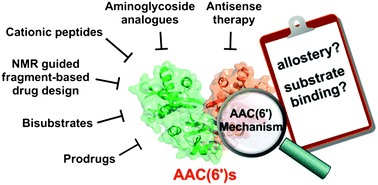 Kenward Vong and
Kenward Vong and 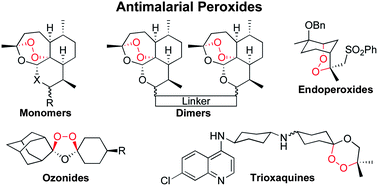
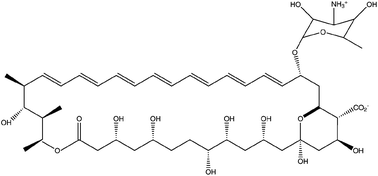
 On the cover of this issue is work by John Spencer et al. on the synthesis of a small library of ferrocene-based HDAC inhibitors via click chemistry – click JAHAs. This article is from our forthcoming web collection on
On the cover of this issue is work by John Spencer et al. on the synthesis of a small library of ferrocene-based HDAC inhibitors via click chemistry – click JAHAs. This article is from our forthcoming web collection on 
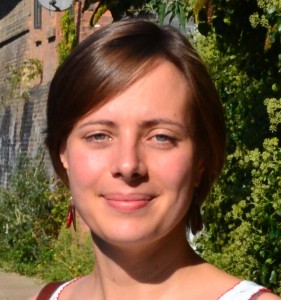
![Rich_med_tcm18-153780[1]](https://blogs.rsc.org/md/files/2012/01/Rich_med_tcm18-1537801.jpg)
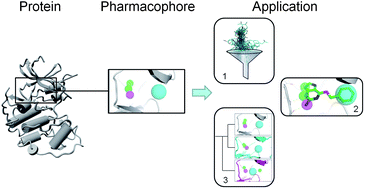 Pharmacophore modelling is a useful tool for medicinal chemists to identify novel ligands to bind to a receptor. This review from Chris de Graaf and colleagues describes the advantages, and challenges, of using 3D protein structures to predict pharmacophores (rather than using a ligand-based approach, which involves searching for similarities based on previously known active ligands).
Pharmacophore modelling is a useful tool for medicinal chemists to identify novel ligands to bind to a receptor. This review from Chris de Graaf and colleagues describes the advantages, and challenges, of using 3D protein structures to predict pharmacophores (rather than using a ligand-based approach, which involves searching for similarities based on previously known active ligands).